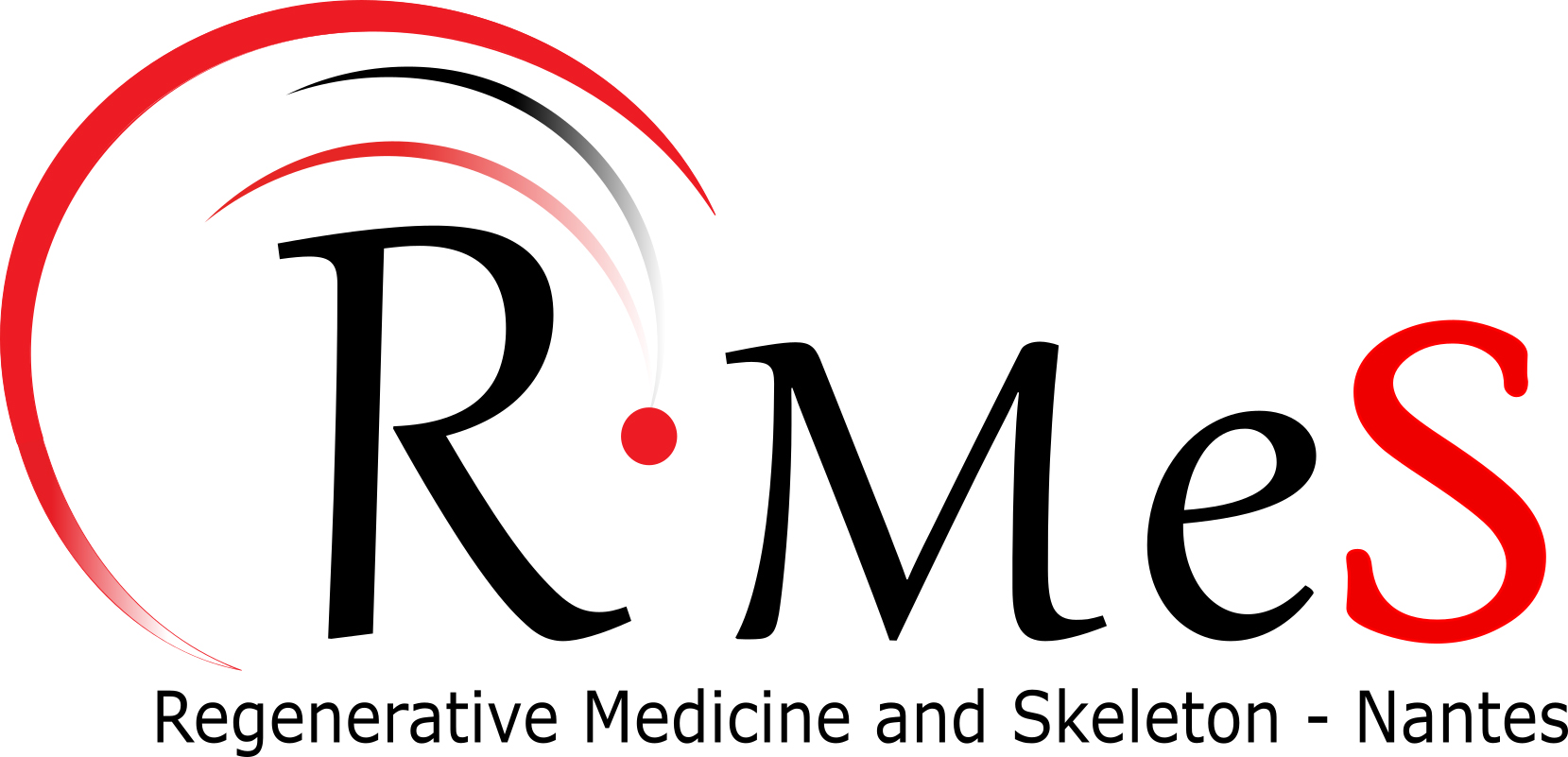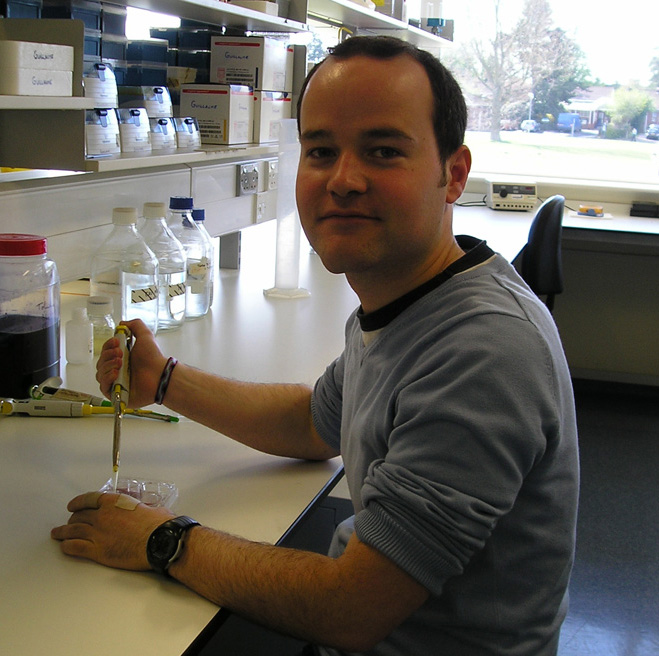- Index
- >Research themes
- >Relationship between bone and digestive physiology
Theme 1: Relationship between bone and digestive physiology
Keywords: Incretin, GIP, GLP-1, GLP-2, bone material properties
State of the art and objectives
Osteoporosis is a diffuse skeletal disease in which the quantity and/or quality (microstructure, matrix composition, etc.) of bone tissue is reduced, leading to skeletal weakness and an increased risk of fracture. Fragility fractures occur because of a low-energy trauma equivalent, at most, to a fall from one's own height while walking. In France, around 180,000 patients are hospitalized every year for a fragility fracture. More importantly, 23.5% of patients aged 55 or over die within a year of a fracture of the upper end of the femur. Bone physiology is controlled by a plethora of factors among which gut hormones have emerged in the last decade as an important contributor of bone quality and strength. Our objective is to better understand how gut hormones control bone remodeling, quality, and strength and to exploit this knowledge to develop new therapies against bone fragility.
Main results for the last five years
We recently discovered that several gut hormones, including glucose-dependent insulinotropic polypeptide (GIP), glucagon-like peptide-1 and -2 (GLP-1 and GLP-2) and xenin exerted interesting effects on bone physiology. We developed several long-lasting gut hormone analogues that either targeted whole-body receptors or bone-specific receptors. Despite interesting reduction of bone fragility none of these single analogues presented an effect superior to actual approved drugs. We recently developed a new class of drugs, namely dual GIP-GLP-2 analogues that are more potent than actual approved drugs for enhancing bone strength. These new medicines are the first that directly target bone material properties. We believe that dual analogies open a new area to prevent and treat bone fragility.
People involved (Researcher/Post-doc/Doc/Students)
- Guillaume Mabilleau (PhD, HDR)
- Béatrice Bouvard (MD, PhD, HDR)
- Malory Couchot (Research assistant)
- Guillaume David (PhD Student)
- Sirine Gharbi (Research assistant)
- Laurent Hubert (MD)
- Erick Legrand (MD, PhD, HDR)
- Louis Rony (MD, PhD)
Main publications
- Mermet M, Denom J, Mieczkowska A, Wery M, Biggs E, Gribble FM, Reimann F, Magnan C, Cruciani-Guglielmacci C, Mabilleau G. The GLP-1 analog, exendin-4, improves bone material properties and strength through a central relay in ovariectomized mice. Am J Physiol Endocrinol Metab, 2025 329(4):E522-E536, doi: 10.1152/ajpendo.00086.2025.
- Bouvard B. & Mabilleau G. Gut hormones and bone homeostasis: potential therapeutic implications. 2024, Nature reviews endocrinology, doi: 10.1038/s41574-024-01000-z
- Gobron B., Couchot M., Irwin N., Legrand E., Bouvard B., Mabilleau G. Development of a first-in-class unimolecular dual GIP/GLP-2 analogue, GL-0001, for the treatment of bone fragility. 2023, J Bone Miner Res, doi: 10.1002/jbmr.4792
- Mieczkowska A., Bouvard B., Legrand E. Mabilleau G. [Gly²]-GLP-2, but not glucagon or [D-Ala²]-GLP-1, controls collagen crosslinking in murine osteoblast cultures. 2021, Front Endocrinol, 12: 721506.
- Gobron B, Bouvard B, Vyavahare S, et al. Enteroendocrine K Cells Exert Complementary Effects to Control Bone Quality and Mass in Mice. 2020, J Bone Miner Res, 35: 1363-74
- Mansur SA, Mieczkowska A, Flatt PR, Chappard D, Irwin N, Mabilleau G. The GLP-1 Receptor Agonist Exenatide Ameliorates Bone Composition and Tissue Material Properties in High Fat Fed Diabetic Mice. 2019, Front Endocrinol, 10: 51.
Financial support








